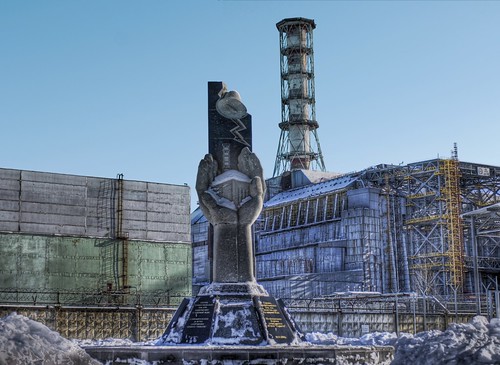The nuclear option: too slow, too costly
Posted by Big Gav in nuclear power
Crikey's Bernard Keane has given up covering the CPRS but he does still have the energy to consider the nuclear power industry's long, painful attempt to maintain some relevance by claiming it is a solution to climate change - The nuclear option: too slow, too costly.
The spruikers for nuclear energy never say die. Climate change has given them a whole new lease of life. No-emission nuclear power should, they say, be part of Australia’s response to climate change. This week ANSTO chief Ziggy Switkowski said we should aim for 50 nuclear plants by 2050.
It won’t happen until the ALP fundamentally changes its policy on nuclear power. The Coalition is too scarred by their experience in the last election, when John Howard’s flirtation with the debate led to a Labor scare campaign about nuclear reactors in every backyard. Alas, that wasn’t quite how the right-wing media hoped the issue would play out when the Switkowski Report was released in 2006.
Still, hope springs eternal in Liberal hearts. In Tuesday’s joint partyroom meeting, Julie Bishop pointed out that “19 out of 20” G20 countries are pursuing nuclear power. Australia, self-evidently, is the nuclear laggard.
Tomorrow we’ll look at just how much it would cost for Australia to seriously embrace nuclear power as a response to climate change. Today, let’s consider whether the rest of the world is going nuclear in the way that proponents suggest.
First, some bald numbers taken from the German Government-commissioned World Nuclear Industry Status Report from August this year.
There are currently 435 reactors operating worldwide, nine less than in 2002. There are 52 reactors listed as “under construction” (more on that later), down from a peak in 1979 of 233 and 120 in 1987. No new plants were connected anywhere in 2008. The last plant to come online was the Romanian plant Cernavoda-2, which took 24 years to build. Reactors now provide slightly less power worldwide than they did two years ago.
By way of context, the 2 GW of nuclear power connected in 2006-07 was equal to one tenth of the wind power installed globally in 2007. More than double the amount of wind power was installed in the U.S. alone in 2007.
Clearly the nuclear industry is yet to begin recovering from the slump in reactor building worldwide after its peak in the mid-1980s.
That poses two problems for any “nuclear renaissance” and its capacity to provide a legitimate, timely response to climate change. ...
It’s not radioactivity or scare campaigns that are the nuclear industry’s biggest problem, it’s the maths. The numbers show that for decades to come, it will offer less and less of a solution to climate change, and it simply takes too long and costs too much to develop






